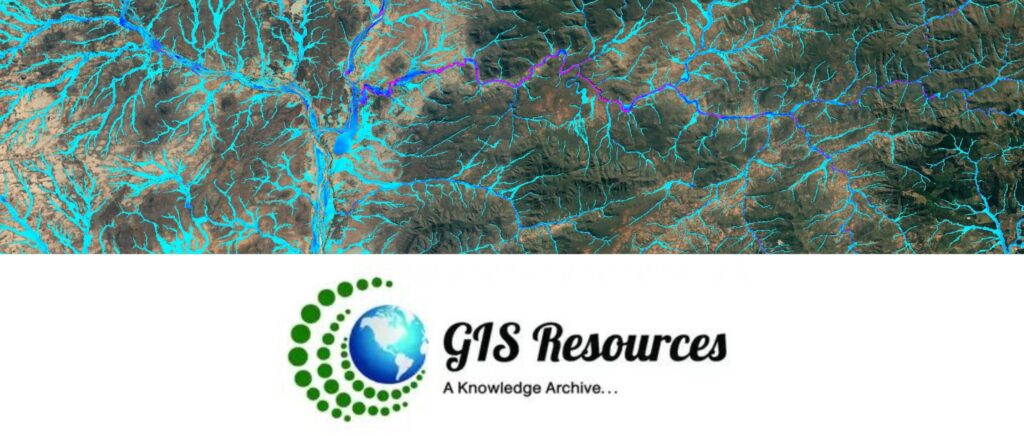
Understanding and monitoring climate change is central to the goal of mitigating its effects.
The increasing adoption of geospatial technologies for ‘location-powered innovation’ comes as a response to growing pressures, regulations, and a realization of its potential to address complex issues. Two notable examples include the UK’s Geospatial Commission’s Geospatial Strategy and the US Executive Office of the President’s call for the increased availability and use of geospatial products and data.
But, the use of GIS and geospatial tools extends beyond governments, with interests growing in industries like the financial sector, as organizations look to monitor, measure and mitigate the impact of climate change on their assets, being driven by a demand for transparency and more rigorous data on climate risk. Geospatial data provides valuable insights into area-specific risks, enabling the sector – and others – to assess and address potential vulnerabilities effectively.
With future US flooding expected to worsen due to climate change, decision-makers are exploring technological developments to mitigate its impacts. In 2019, The Nature Conservancy launched The Floodplain Prioritization Tool; a freely accessible, interactive web map for floodplain management across the Mississippi River Basin. Floodplain restoration, a favorable nature-based solution to flood protection issues, is facilitated by the tool, equipping key stakeholders with geospatial resources essential to strategic resource allocation. Contained within the tool, a bespoke flood model built from Fathom’s US Flood Map, provides realistic flood data over a large area. This geospatial technology has already seen success within environmental projects, demonstrating its potential to avert projected economic costs. For a more comprehensive explanation of this and other projects, additional information is available in the complete article below.
Find out more about our work with The Nature Conservancy
Similarly, by harnessing Fathom’s Global Flood Map, Floodbase has successfully created robust flood risk metrics in Zimbabwe and Tajikistan. Floodbase supplies essential flood data for parametric insurance, disaster risk, and emergency response in low-income nations. Leveraging Fathom’s geospatial data empowers decision-makers to understand regional flood risk, facilitating swift and efficient aid delivery in emergency situations. This technology helps to prevent indirect secondary impacts of flooding, including crop destruction, loss of livestock, and supply route obstruction, averting major price escalations.
Learn more about the Fathom and Floodbase collaboration
The power of geospatial tools for combating climate change is evident. Contextualizing data through enabling technologies such as GIS provides all stakeholders with important information for decision making. To continue progression, more high quality, validated, spatial data needs to be available globally. Addressing the collective global challenges of climate change will require collaboration and cooperation within and between industries and governments, fostering empowered geospatial ecosystems.
A full article was recently published on this topic in the September edition of GIS Resources
Global Terrain Data – FABDEM+ for climate change mitigation
In handling the impact of climate change, the role of geospatial technologies is becoming increasingly important. As explored in this article, the application of GIS and geospatial tools is extending far beyond governmental initiatives. Amidst this global collaborative effort, we mustn’t overlook the fundamental role played by tools like FABDEM+.
Fathom’s new globally consistent terrain dataset, enriched with metadata, provides elevation data that can be seamlessly integrated into your climate change mitigation strategies. With its demonstrated accuracy and finer spatial resolution, FABDEM+ is more than just data; it’s a key player in GIS, digital twin projects, engineering, infrastructure planning, modeling natural perils and earthworks.
Find out more about the applications of FABDEM+ and catch up with the launch webinars on-demand.
